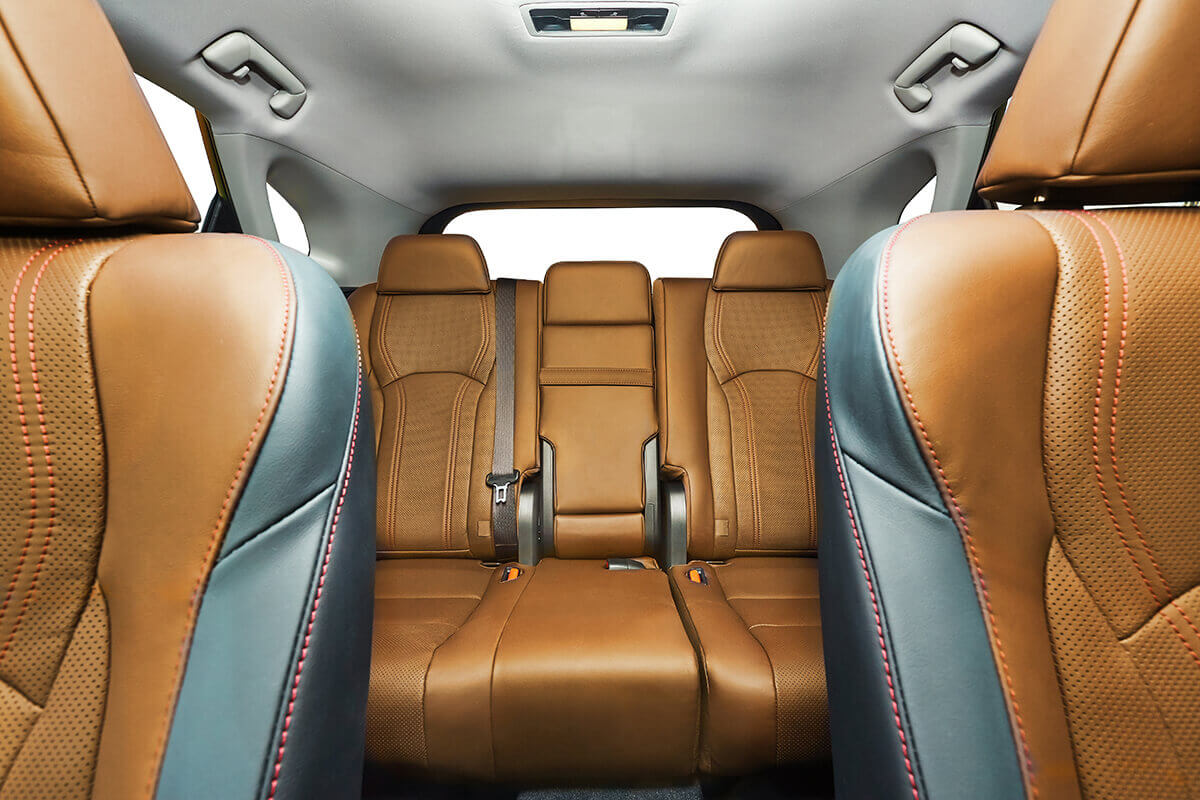Don’t Give Up – Ask for Help
No matter how much time you need to experience the first signs of recovery, the most important thing is not to give up. Feeling scared is a normal state due to the anxiety, and it won’t kill you. Just keep in mind that trying over and over is the only way that leads you to victory. When you hit a rough spot, remember the affirmation and breathing control techniques, and after that, try again.
Setting and enforcing your own tactic of coping with panic attacks is one step closer to dealing with the problem and overcoming it. However, some individuals are paralyzed by having a phobia and stuck in one way of thinking. If they are not able to help themselves, asking for professional help might be the best way to go about this problem.
In case your level of tension is very high, you probably need a therapist’s help. You should consider these types of therapy:
- Psychotherapy
- Prolonged exposure therapy (PE)
- Hypnotherapy
- Medication
During the treatment, you might be exposed to a situation that triggers your worries. You should know how to recognize a panic attack and learn just how to handle it. Practice this as long as it takes – until you can sit in the car or drive it without a worry.















